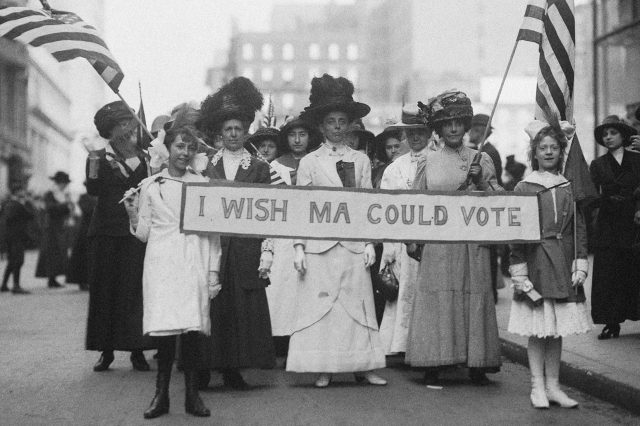Why so many of us have crooked teeth
Thursday, June 27, 2024
Braces have become so commonplace in the U.S. that wearing them is almost a rite of passage; data suggests that about 50% of children in the U.S. will need orthodontic treatment at some point, mostly due to misaligned teeth. |
| |
| |
|
 |
|
| B races have become so commonplace in the U.S. that wearing them is almost a rite of passage; data suggests that about 50% of children in the U.S. will need orthodontic treatment at some point, mostly due to misaligned teeth. But that wasn't always the case. The advent of agriculture changed the human diet, which led to a smaller jaw that no longer has enough space to provide a comfy home for all 32 teeth. Before humans took to the plow around 10,000 BCE, our hunter-gatherer predecessors chowed down on tougher foods, such as uncooked vegetables and hard-shelled nuts, and needed bigger, stronger jaws to munch through them. When farming introduced softer foods into our diet, such as beans and cereals, the need for those beefy jaws declined. Our jaws got smaller over the generations, but human teeth shrank at a much slower rate, resulting in the dental traffic jam experienced by millions of Americans every year. |
|
|
| In 2015, to test whether the rise of agriculture led to our species' crooked teeth, scientists from University College Dublin analyzed the lower jaws of 292 skeletons ranging from 28,000 to 6,000 years old. The results were clear: Hunter-gatherers sported larger jaws, especially lower jaws, than their farming descendants only a few thousand years in the future. And our mouths weren't the only body part impacted by Homo sapiens' more sedentary existence. Additional studies show that humans developed lighter and less dense bones around joints due to a changed diet that reduced calcium intake and a less-active lifestyle brought on by the switch from foraging to farming. |
|
 |  |
|
|
 |
|
| |
|
| Estimated percentage of the U.S. population composed of farm and ranch families | | | 2% |
| | | Year Edward Angle founded what is now the American Association of Orthodontists | | | 1900 |
| | | Year Edward Angle founded what is now the American Association of Orthodontists | | | 1900 |
|
|
|
| The current year in the Holocene calendar, which begins the "human era" with the dawn of agriculture | | | 12,023 |
| | | Estimated human population before the arrival of agriculture | | | 5 million |
| | | Estimated human population before the arrival of agriculture | | | 5 million |
|
|
|
 |
|
 | | Did you know? |
|
|
Our forager ancestors may have had more leisure time than we do. |
|
| When it comes to downtime, it's likely that our hunter-gatherer ancestors had more than we do. In 2019, anthropologists from the University of Cambridge studied Indigenous Agta tribes in the northern Philippines, where some groups were beginning to adopt agriculture while others remained foragers. The scientists discovered that as the Agta introduced farming, they slowly lost leisure time. While Agta foragers worked roughly 20 hours per week on finding food and other domestic chores, farmers worked 30 or more. (Industrialization only increased this, especially before 19th-century labor laws standardized the 40-hour workweek.) This evidence supports a theory first proposed in the 1960s that hunter-gatherers were actually the "original affluent society" — they worked less than we do today, enjoyed abundant leisure time, and had fewer material desires, making them more easily satisfied. |
|


posted by June Lesley at 4:01 AM











![]()
![]()







0 Comments:
Post a Comment
<< Home